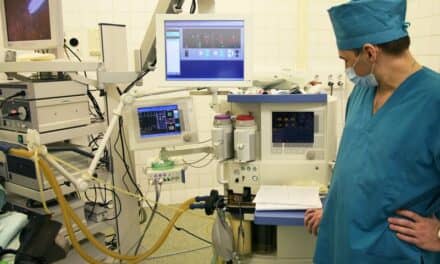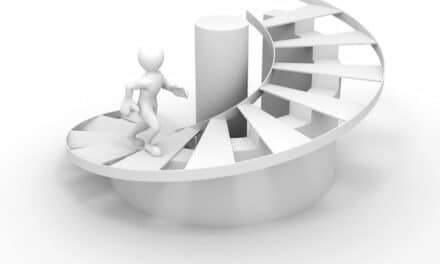By Alan Gresch
Many healthcare organizations don’t have an effective process for managing equipment dispositions. Revenue is lost, and needless expenses are incurred when departments make individual decisions about the sale or reallocation of valuable assets. When equipment is traded in as part of a capital acquisition, it is usually for mere pennies on the dollar.
And then there are the shelves full of unused devices in storage, where their undepreciated value is going to waste. In most of these instances, because the accounting department lacks visibility, the assets remain on the books for years. Additionally, when accountability and ownership are missing from the disposition process, time is wasted searching for devices when planned maintenance is due. To make matters worse, equipment can get transferred outside the organization with protected patient health information still stored on it.
So, what’s the solution? Create comprehensive plans based around a centralized model, which will provide savings and revenue.
Assess the Current State
Start with an audit of the current situation, identifying the issues mentioned above. After all, we generally find multiple opportunities for improvement:
- Limited process for equipment disposal
- Revenue loss based on no centralized system
- Individual departments making their own decisions regarding the sale and disposition of valuable/reusable assets
- Trade-in values at pennies on the dollar
- Unused valuable assets occupying expensive facility square footage
- Assets remaining on the books after items were discarded
- Ownership not verified prior to trade-in or disposal, with some leased/rented device sold
- Ongoing, paid service contracts for disposed-of devices
Overall, it’s typical to discover that substantial funds are being wasted because of bad or non-existent processes.
Develop Clear Objectives and Scope
Movement in the right direction starts with creating a clear project objective such as: “Develop a cradle-to-grave program that maximizes the remaining value of unused or underutilized medical equipment.” To be comprehensive, the program must cover all the following disposition options: transfer, sale, trade-in, parts harvest, donate, and scrap.
Create a Good Business Plan
As with most successful initiatives, you need a solid business plan and defensible return on investment. Begin with a review of all the devices that were archived over the previous five years and how much, if any, revenue or trade-in value was obtained. Then, compare that value to what could have been generated by selling the devices to qualified used equipment vendors. The difference can come to well more than $1 million annually for a mid-sized hospital system.
After that, determine what’s required for an effective program. Based on conservative assumptions of staffing levels, estimate start-up and ongoing expenses for the program. Note: Most healthcare organizations can commit to 3:1 paybacks of savings/revenue to the cost of running the program. A pretty good return on investment, indeed.
Develop Your Process
The detailed plan includes identifying all data that will be included, as well as the needs for software programming, and which departments will provide inputs and receive outputs. Next, the requirements to run the program are defined, including: space, staff, software, vehicle, test equipment, and warehouse needs. Policies and procedures are then created for all steps of the process.
Communicate the New Process
A major key to program success is effectively communicating the new processes. Show how the hospital chief financial offer is sanctioning the program, signifying high-level buy-in. Consider presenting the program at your annual leadership retreat and create brochures, pens and bags.
Also, develop a page or wiki on your organization’s intranet. Present the program to site leadership, as well as at management and department meetings in all regions. Train the users. Place articles in your system’s newsletters. Include program information in safety fairs and in new-hire orientations. And, offer training sessions through your online learning system.
Track and Report Results
Conduct ongoing reporting on the costs and benefits of your equipment disposition program. Personally, we’ve seen organizations deliver paybacks of 3.5:1 in their first year, with results increasing every year after. In fact, one organization we worked with had an overall 13:1 payback ratio. The single greatest example of the value-add was a diagnostic ultrasound that was offered as a $5,000 trade-in. Using appropriate channels, the device was sold for $34,500.
Another imaging-related case? At one facility, all the costs of deinstalling a room were part of the sale to a used equipment vendor, rather than an additional project expense the OEM would add to the purchase agreement. To ensure there were no project delays, the facility built penalties into the sales contract if project timelines were not met.
In summary, there are significant benefits to developing a comprehensive medical equipment disposition program. If you look carefully, you’ll likely find a solid amount of waste in your healthcare organization, and establishing a cradle-to-grave process can pay off handsomely.
Alan Gresch is vice president, customer success, healthcare at Accruent. Questions and comments can be directed to chief editor Keri Forsythe-Stephens at [email protected].






Accidwnts like those of Goiania/Brazil would not have happened.
https://en.m.wikipedia.org/wiki/Goiânia_accident
Thanks Alan